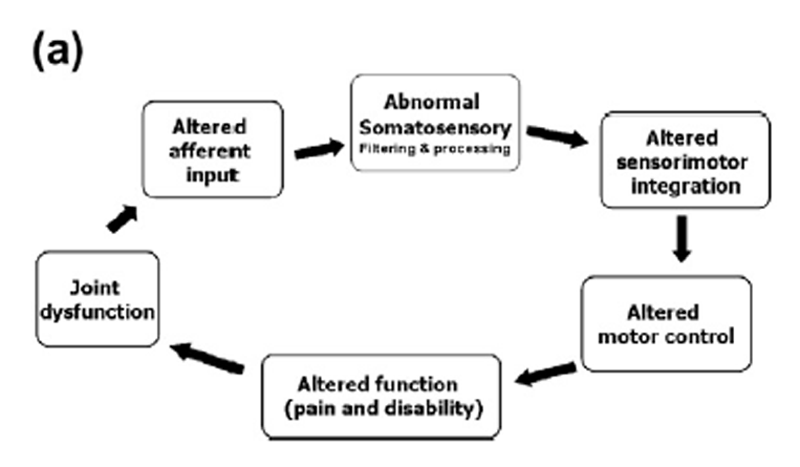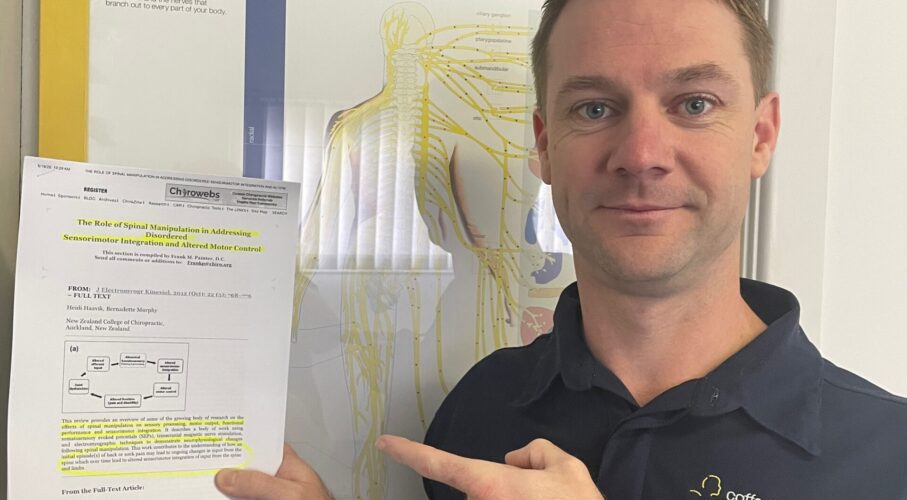The Nervous System and Chiropractic for golfers
Published: 20 May 2025
The Nervous System and Chiropractic Care: What the Research Says that could help your Golf
Many golfers experience stiffness and poor coordination. Or a general sense that their body isn’t quite keeping up with what they think they are doing. It’s easy to assume the problem is muscular or mechanical. But growing evidence points to the important connection between the nervous system and chiropractic care.
This relationship helps explain how spinal health can influence how well your brain and body communicate. Something that plays a critical role in movement, balance, and performance on the course and life in general.
Research Summary

A 2012 paper by Dr. Heidi Haavik and Dr. Bernadette Murphy explored how spinal dysfunction may affect the brain’s ability to process and respond to sensory information from the body. The researchers used neurophysiological tools like somatosensory evoked potentials (SEPs) and transcranial magnetic stimulation (TMS) to study what happens in the brain and body following spinal manipulation.
Their work suggests that areas of spinal joint dysfunction can alter “sensorimotor integration”. Which is a process that helps the brain coordinate movement using sensory input.
In other words, when spinal joints aren’t moving well, it can disrupt how your brain perceives and controls your body. This may contribute to slower reaction times, reduced coordination, and challenges with movement accuracy—all of which are relevant to a sport like golf.
One key takeaway from the research is the close relationship between the nervous system and chiropractic care. The study found that spinal adjustments were associated with measurable changes in brain activity, muscle control, and joint position sense. These changes suggest that improving spinal function may help restore more efficient communication between the brain and body.
Conclusion
At Coffs Total Chiropractic, we use the Gonstead system of chiropractic care—a thorough, hands-on approach focused on identifying and improving areas of spinal joint dysfunction. This approach aligns with what current research tells us about the role of the nervous system and chiropractic in supporting functional movement.
While research is still ongoing, this study gives us useful insight. It shows how chiropractic care may help golfers move more freely. It may also support better coordination and efficiency.
So, what if your swing—or your general movement—just isn’t feeling right? You’re not alone. That’s why we created the Golf Performance Quiz. It’s quick and easy to complete. More importantly, it helps you figure out what might be holding you back.
It’s a great first step toward improving how you move and feel.

